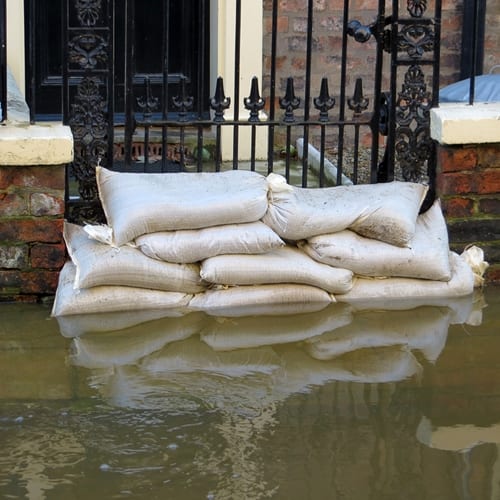The structures you maintain need to be ready when winds, ice, snow, high floods or other dangers start to rear their heads—and this can happen in months when you wouldn't normally expect it, after the comparatively harder winter climates of January and February.
Recovering from storms that affect your vulnerable properties might require you to follow specific inland marine insurance guidelines and policies. Maritime Journal reported on the damage that has been caused in the United Kingdom from weather patterns in the beginning of this year.
According to Journal writer Peter Baker, the United Kingdom's Marine Management Organization (MMO), wants to verify all recovery and restoration activities. This can be important to your company if you are working out the correct means of assessing damages and need the guidance to proceed successfully and in accordance with the law.
Baker writes that the British government is urging the use of proper practices in this way.
"The point the MMO is now making is that anyone considering carrying out urgent works below mean high water springs should contact them before commencing work so they can advise on whether a marine license is required," he says.
Flooding seems to have been one of the greatest sources of economic losses last year, according to Swiss Re's recent report. Specifically, the floods in Canada and Europe were seen to be among the top five most costly natural disasters in terms of insurance losses.
Reach out to marine insurers to figure out the right approach to addressing environmental problems that appear in damaged areas.

